Keeping your pet safe while driving is essential for your and your pet’s safety. With some foresight, your pet can travel securely and enjoy the ride.
Whether traveling to the park, beach, or veterinary clinic, a car journey should be a stress-free experience for you and your pet and something you both look forward to.
In some countries, driving without secure restraints for pets is illegal. An unrestrained pet could be thrown forward with force into the windshield, driver, or passenger in an accident or sudden stop.
We’ve picked these 15 tips from our experiences traveling with our pets and understanding the challenges of ensuring their safety and relaxation during short or long trips.
1. Get Your Pet Used To The Car
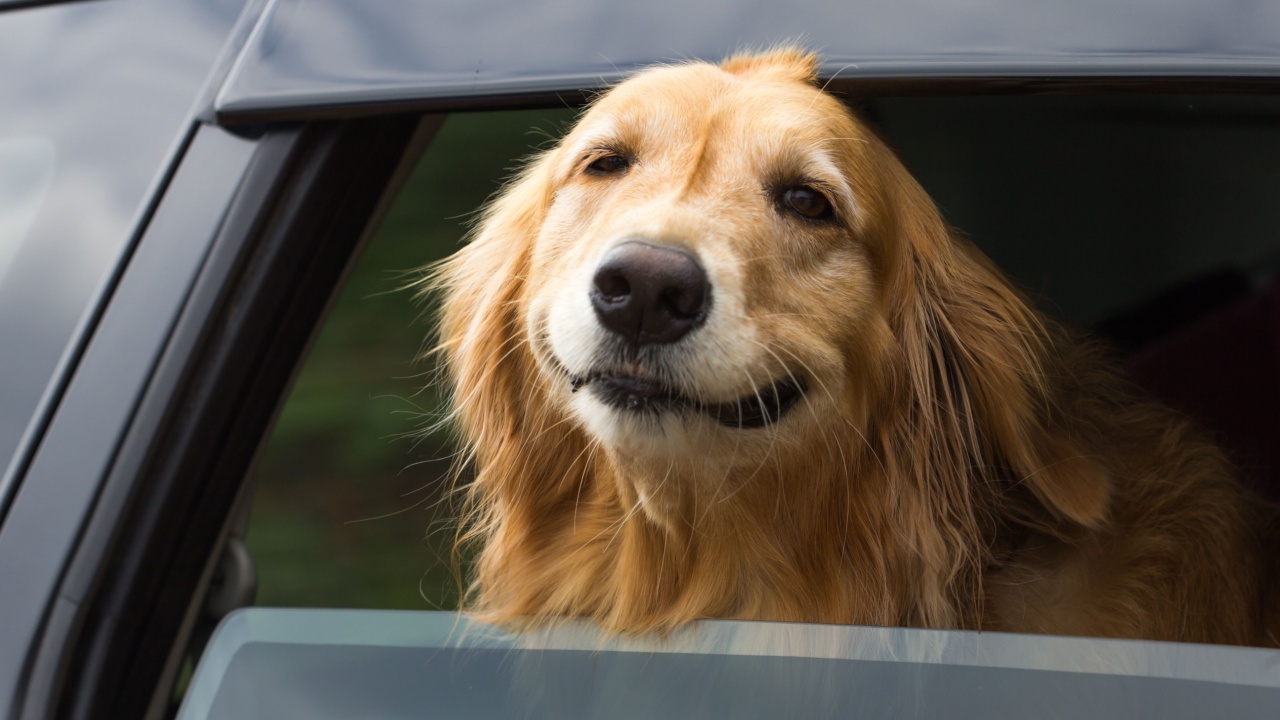
Practice getting your pet used to the car for a few weeks by putting them in the vehicle as it sits in the driveway. Let them sniff around so they get used to the experience.
It can help to give your pet a meal or treats during this time so your pet associates the car with a pleasant experience.
2. Practice Short Trips
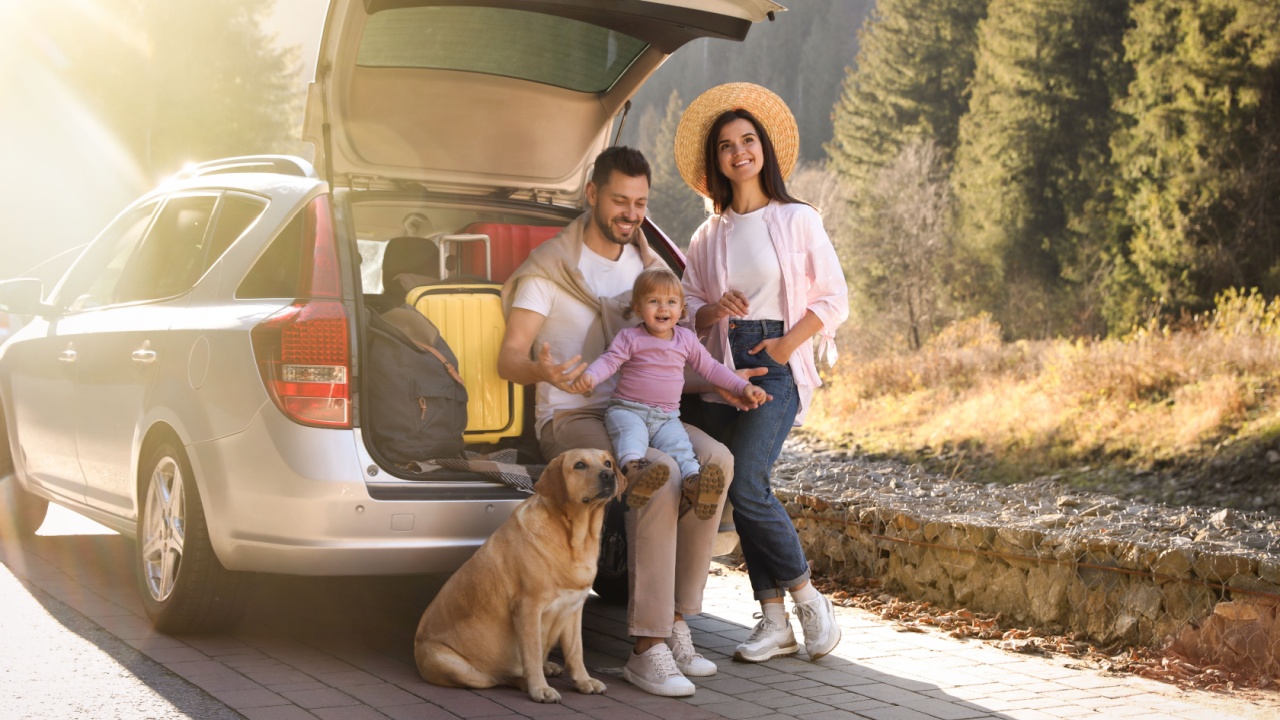
After getting your pet used to a stationary car, start taking short trips. Make sure the end location is fun for your pet, such as a park or something else your pet enjoys.
Keep the trips low-key and avoid overexciting your furry friend since that can lead to overstimulation, causing the pet to be disruptive during journeys because it’s too excited.
3. Use a Pet-Specific Safety Restraint
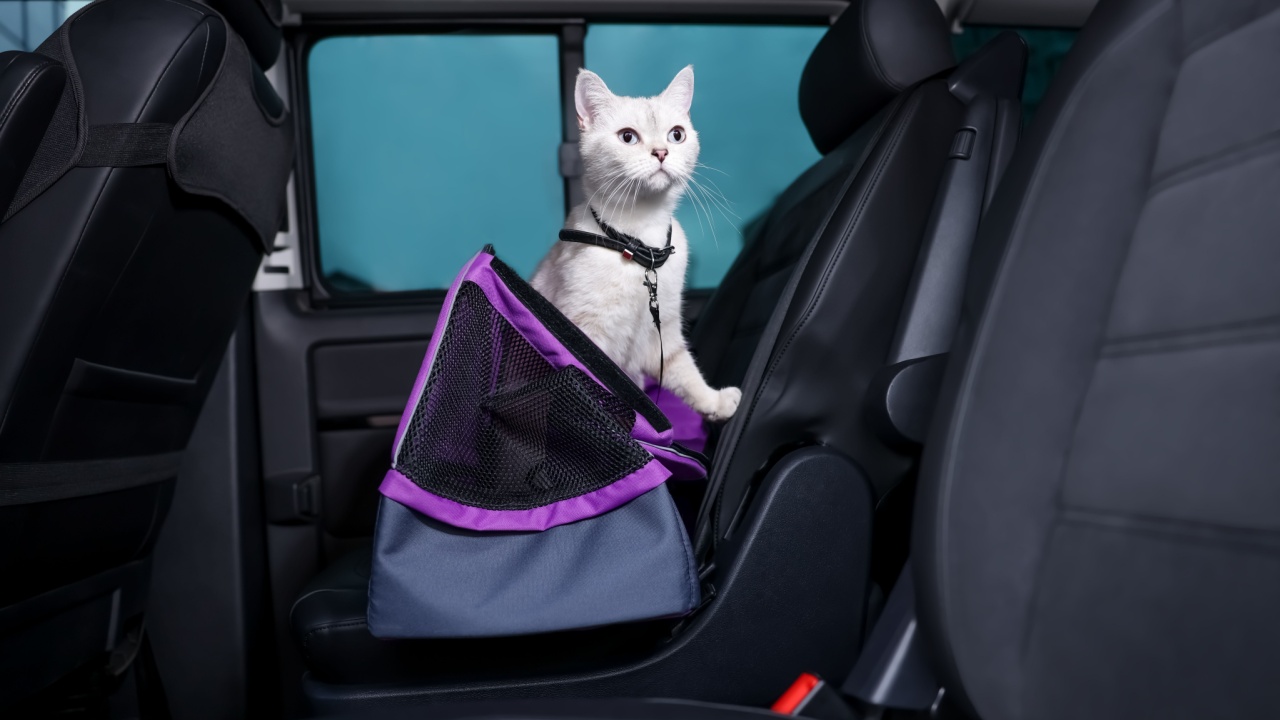
If you use a car harness for your pet, be sure it’s crash-tested and has a snug but comfortable fit so your pet cannot wiggle out of it. Check that the length enables the pet to move to the edge of the seat but is short enough not to fling your pet forward in a sudden stop.
If you’re traveling with a smaller pet, you can buy a car booster seat, which your pet sits in. They’re still on a harness, but a booster seat gives extra security.
4. Know The Laws Of Driving With A Pet
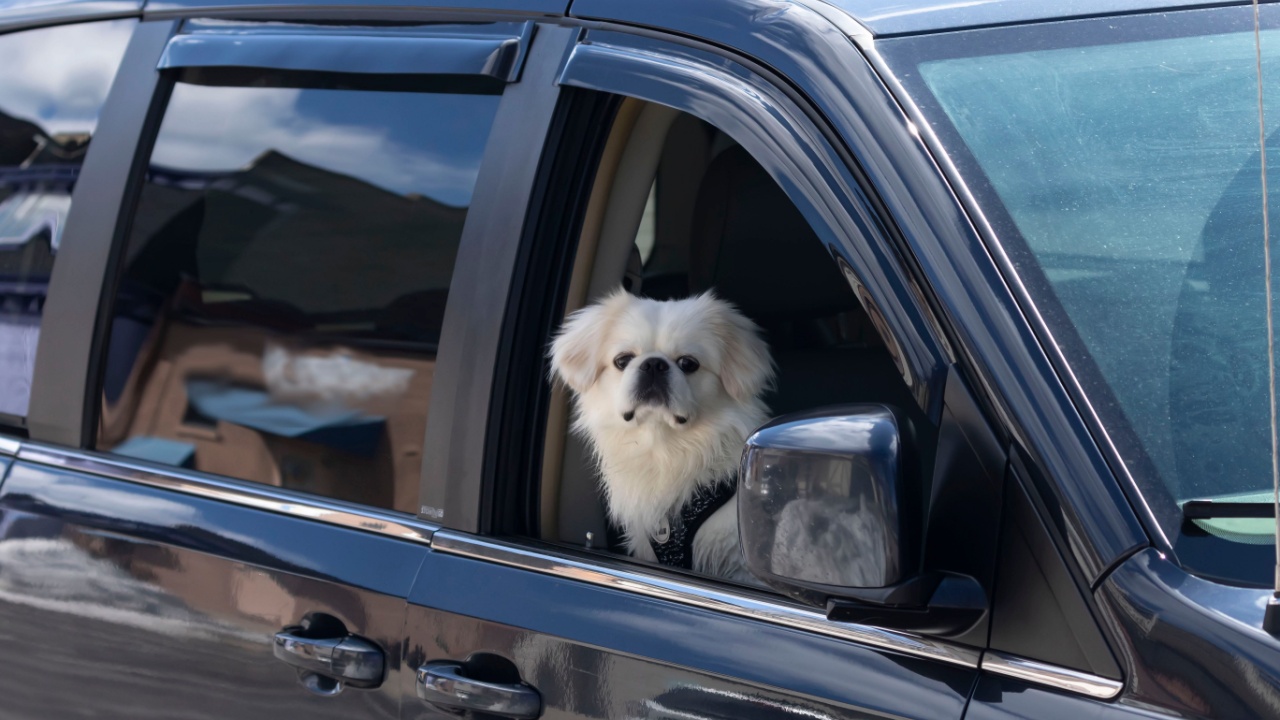
It’s essential to know the laws for your state or country regarding traveling with an animal in your car. Failing to obey the law could result in a fine and put your pet at risk.
If you’re moving across states or traveling to other countries, safeguard your pet by securely transporting it with a harness, crate, or pet carrier.
5. Keep the Temperature Comfortable
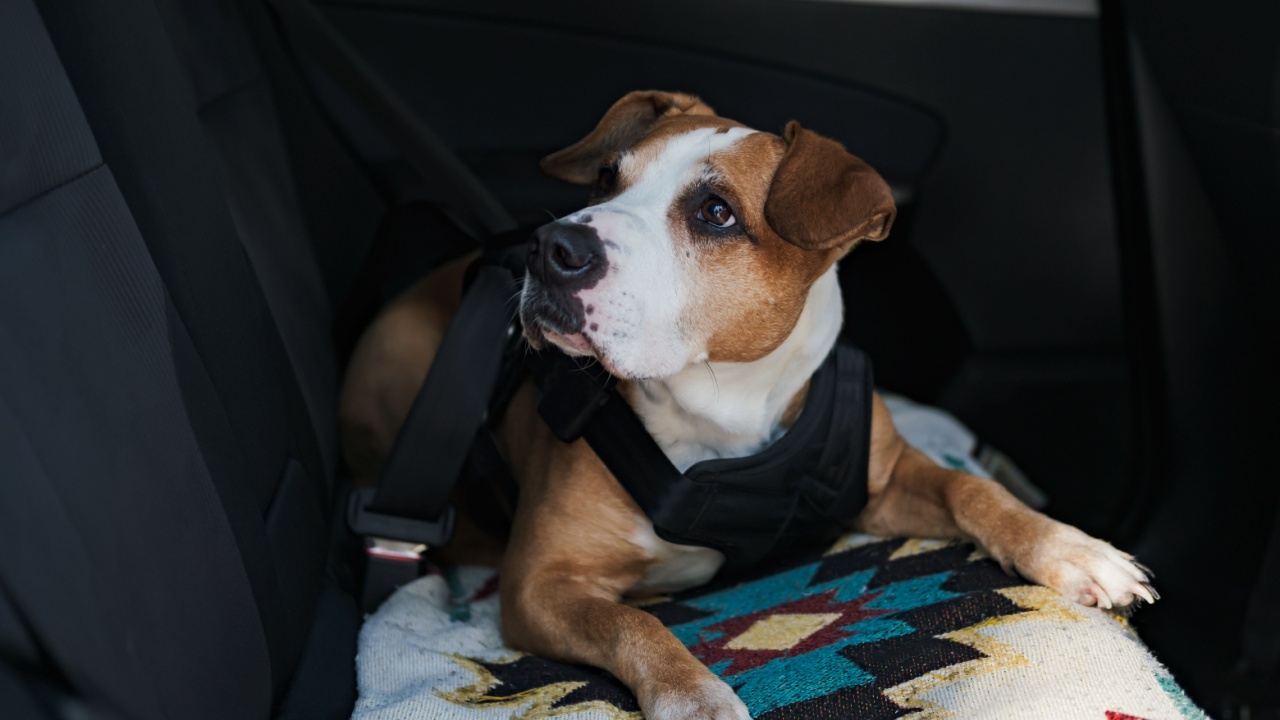
What’s comfortable for you may be unpleasant for your pet, so it’s essential to maintain an ambient temperature in the car. For instance, on a cold day, having the heat on high could cause the air in the back of the vehicle to become dry and stuffy.
Watch your pet for signs of overheating. On hot days, use a comfortable temperature for the air conditioning so your pet doesn’t get too cold.
6. Travel in the Back Seat
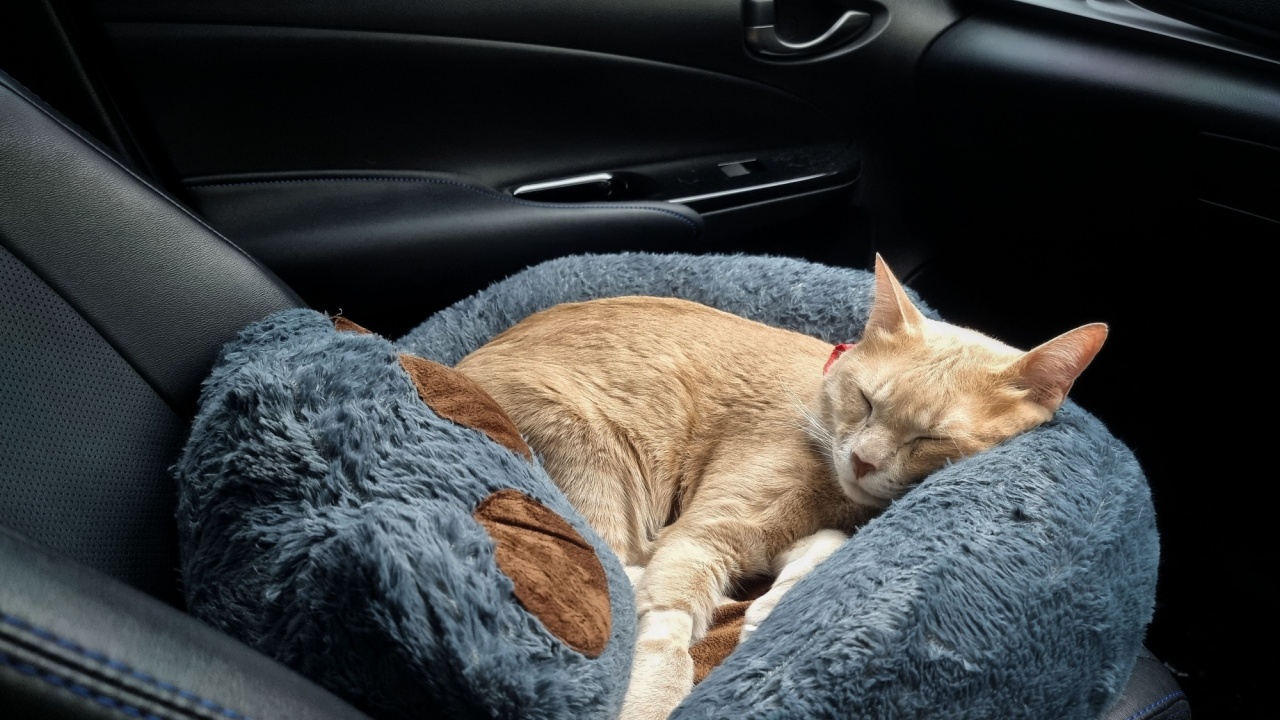
Having your pet in the back seat is safer than the passenger seat. The first concern is your pet is at risk if the airbag deploys, which is dangerous, especially for a smaller pet.
In addition, traveling in the back prevents the pet from distracting you when driving or hopping onto your lap.
7. Use A Crate

If you don’t want your pet in the back seat, consider a suitable crate. It should be big enough for your pet to turn around and stand up but not so large that it can jump from side to side.
One helpful tip is to cover the crate with a lightweight blanket to prevent overexcitement from external stimuli.
8. Keep The Windows Closed
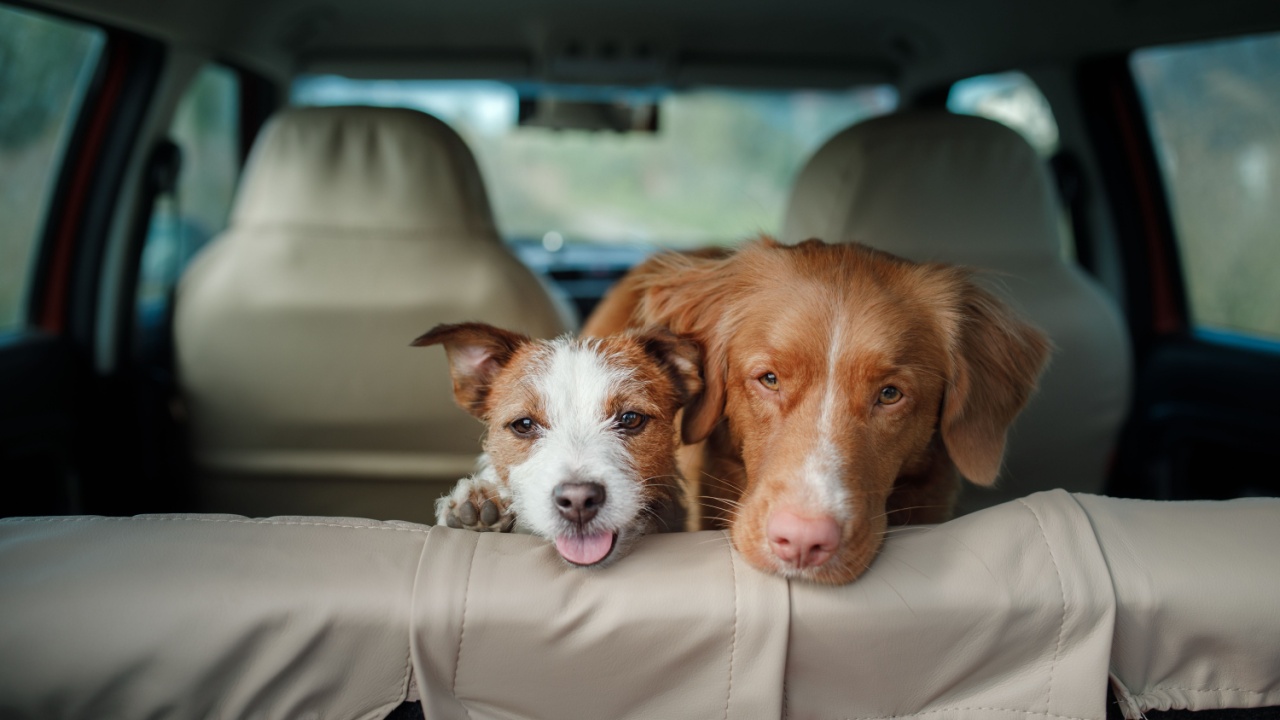
Your pet is at risk if you let it put its head out of the window. Although it might keep the pet preoccupied, it’s at risk from flying debris, grit, stones, and dust that could injure its eyes.
There’s also the additional risk of the pet jumping out of the window if they see something exciting.
9. Use Window Shades
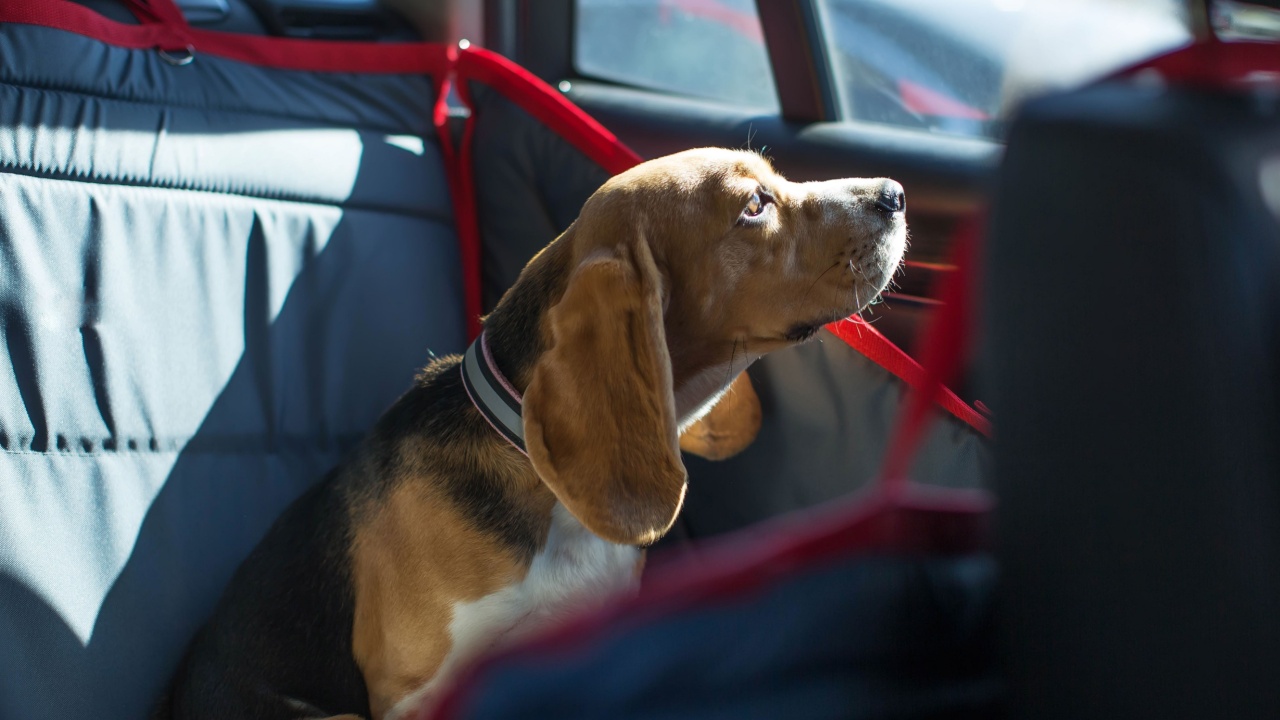
Window shades serve several purposes. They can help keep the sun out of your pet’s eyes and reduce distractions from passing traffic, people, and pets. What if the car doesn’t have air conditioning or it breaks down?
Window shades help keep the car cooler and more comfortable for your pet.
10. Pack A Pet Travel Kit
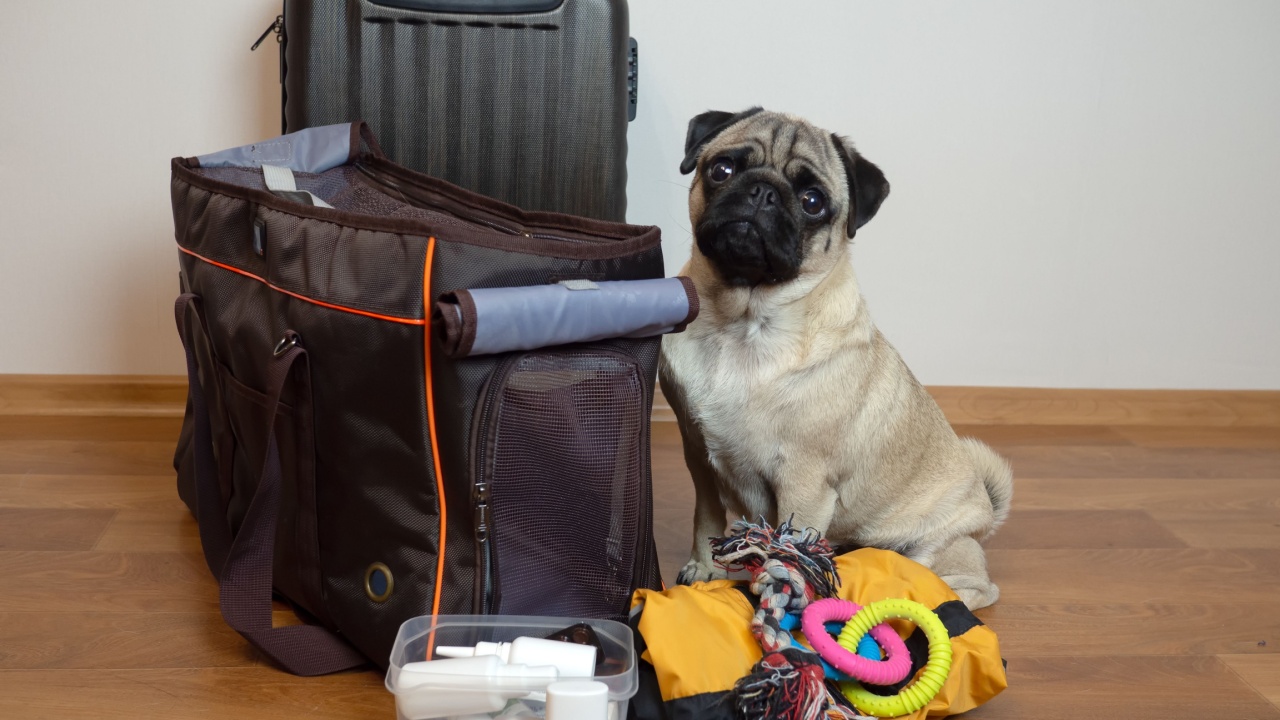
Keep a well-equipped pet-specific travel kit in the car. Pack essential items like water, food, waste bags, a leash, and extended lead if you want your pet to have a secure walk with a bit more freedom during travel breaks.
Include any medication your pet needs, a familiar toy, a blanket, and a basic first-aid kit.
11. Take Frequent Breaks
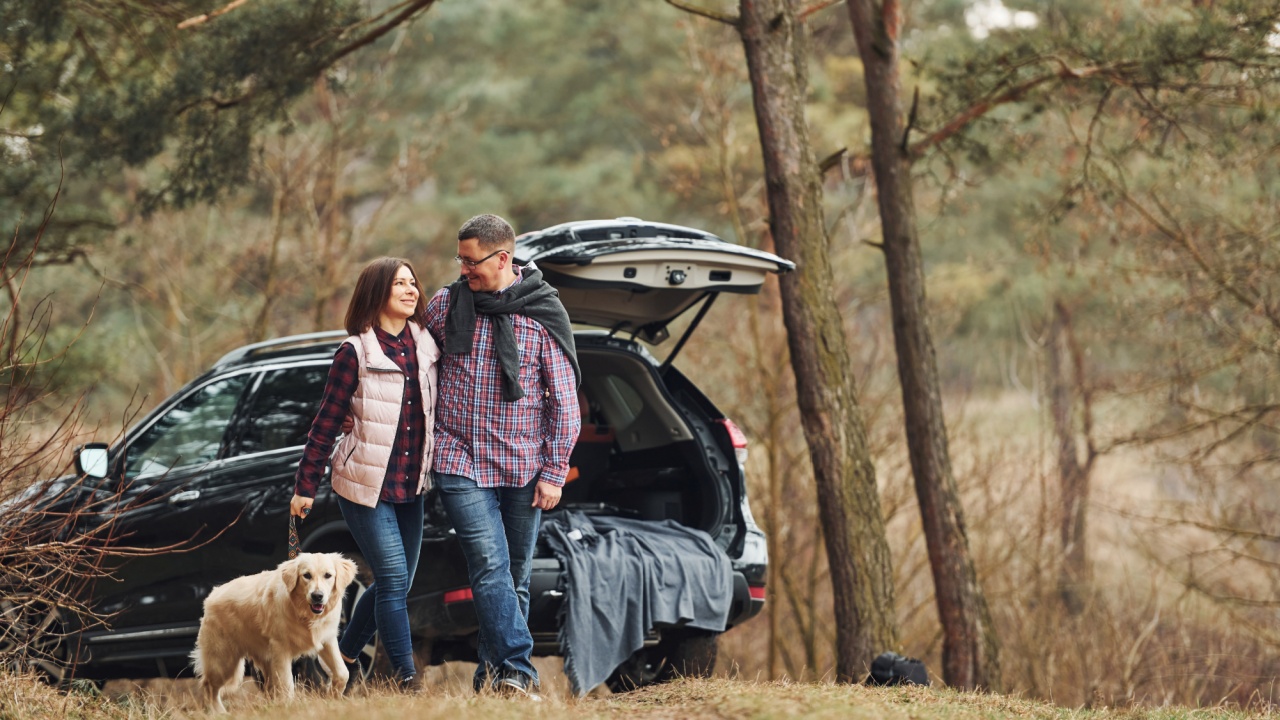
Taking frequent breaks is necessary to reduce your pet’s stress. It allows your pet to stretch its legs, drink water, or relieve itself. You can also check the pet’s comfort and assess its stress levels.
If you notice excessive panting, agitated behavior, or signs of travel sickness, allow your pet to calm down before getting back on the road.
12. Prepare for Anxious or Carsick Pets
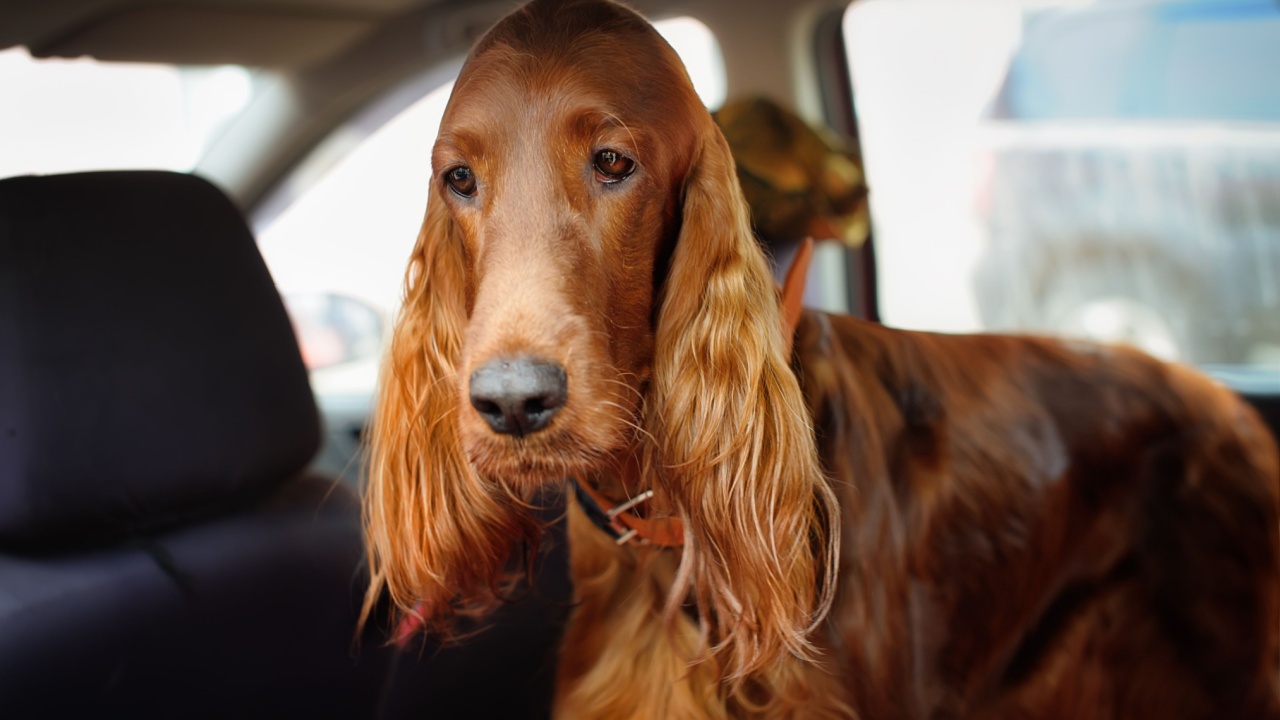
Some pets suffer from anxiety or car sickness. Over time, feeling unwell or anxious in the car could lead to your pet disliking travel. It can take several weeks or months to overcome these issues.
Start by familiarizing your pet with the vehicle, making it a place of safety, relaxation, and enjoyment. Turn the engine on and praise your pet, or give it a treat. For car sickness, ask your veterinary practice for advice on medication.
13. Have Someone Sit With Your Pet
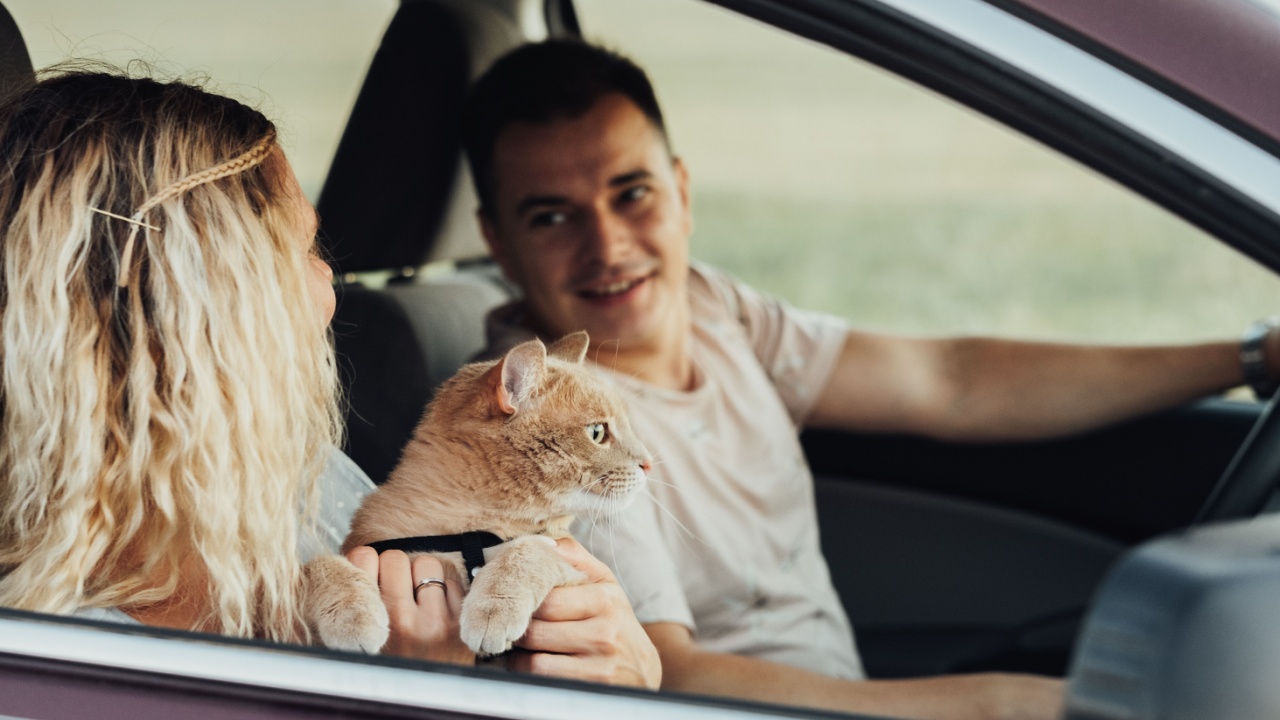
If your pet is anxious, it can help to have someone they know and trust sitting with them. If they are in the back seat, the person can talk to them and calm them down, rewarding the pet when it becomes more relaxed.
Some dogs bark when traveling, and managing that behavior from the front seat is challenging.
14. Check with Your Veterinarian
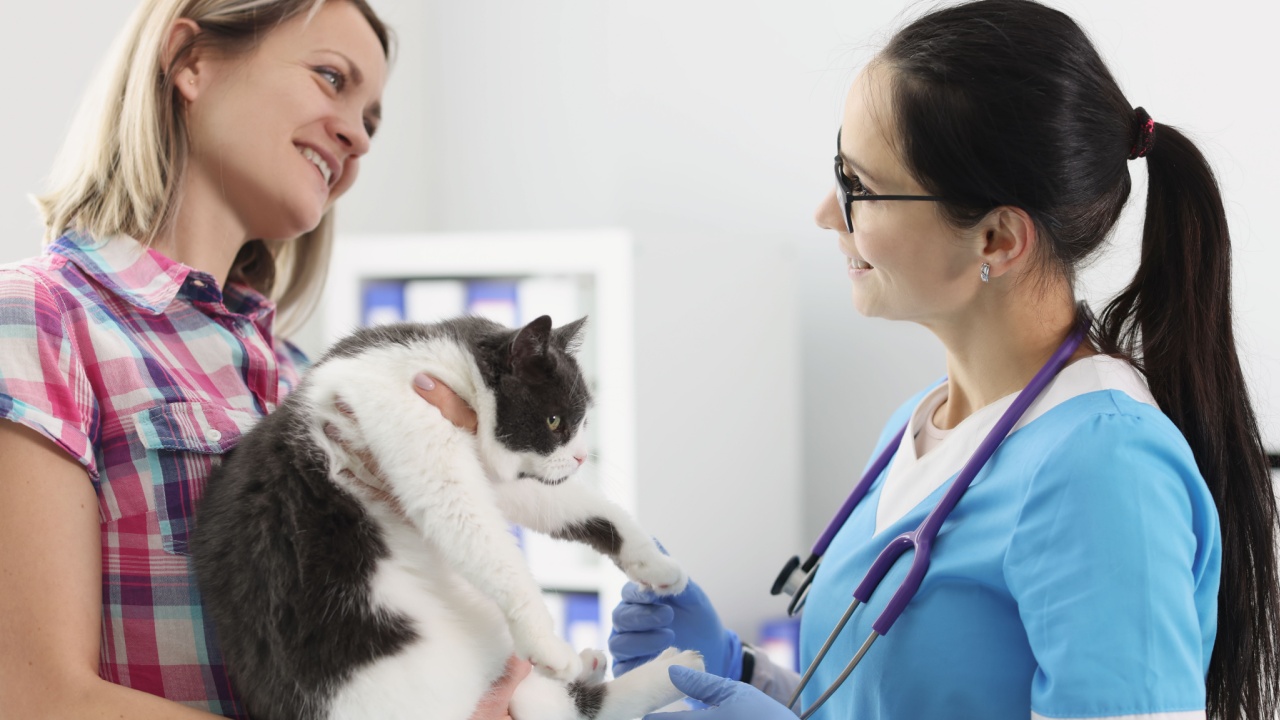
If your pet is having problems traveling in the car, it can be helpful to chat with your veterinarian. A few simple tests can rule out health issues. Your vet can advise on coping strategies, medication, and dietary advice for pets suffering from motion sickness.
Your vet also has the knowledge to advise on necessary vaccinations if you travel across state lines or out of the country.
15. Do Not Leave Your Dog Unattended in a Parked Car
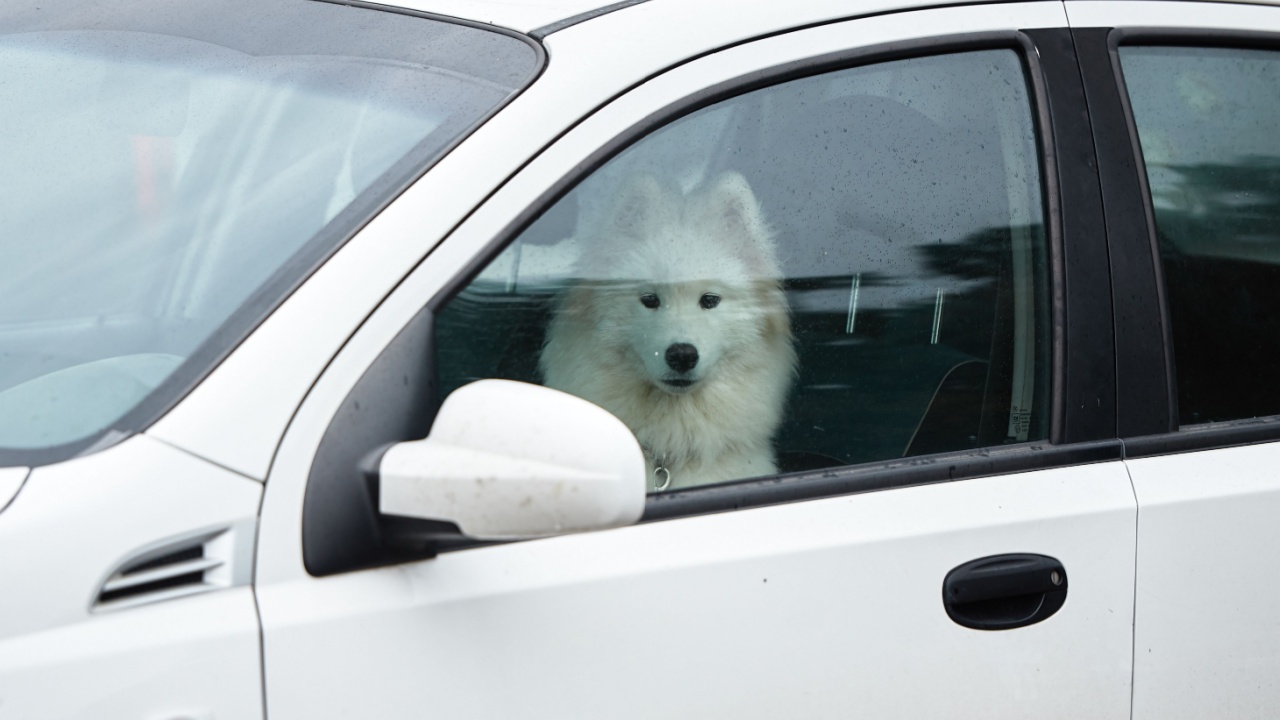
It’s advisable not to leave your pet unattended in a parked car. In even mildly warm weather, the temperature inside a vehicle rapidly heats up, causing distress to a pet and leading to heatstroke or another serious condition or, in the worst case, death.
In cold weather, your pet’s temperature can plummet. Left alone, your pet may be fearful or stressed, and there’s the additional risk of car theft.
Read More From Us – 17 Movies With Zero Expectations That Blew Us Away

Never judge a book by its cover. You can say the same about movies.
Some of our favorite films are the ones we went into with no expectations. Despite this, they blew us away from start to finish.
17 Movies With Zero Expectations That Blew Us Away
Read More From Us – Classic 80s Movies Better Than Anything Released Today

The 80s was an incredible time for film. From award-winning cinema to hilarious comedies and everything in between, there was something for everyone to enjoy.
Thankfully, many of these 80s movies still hold up today. I regularly find myself watching these beloved 80s movies more often than modern cinema.
